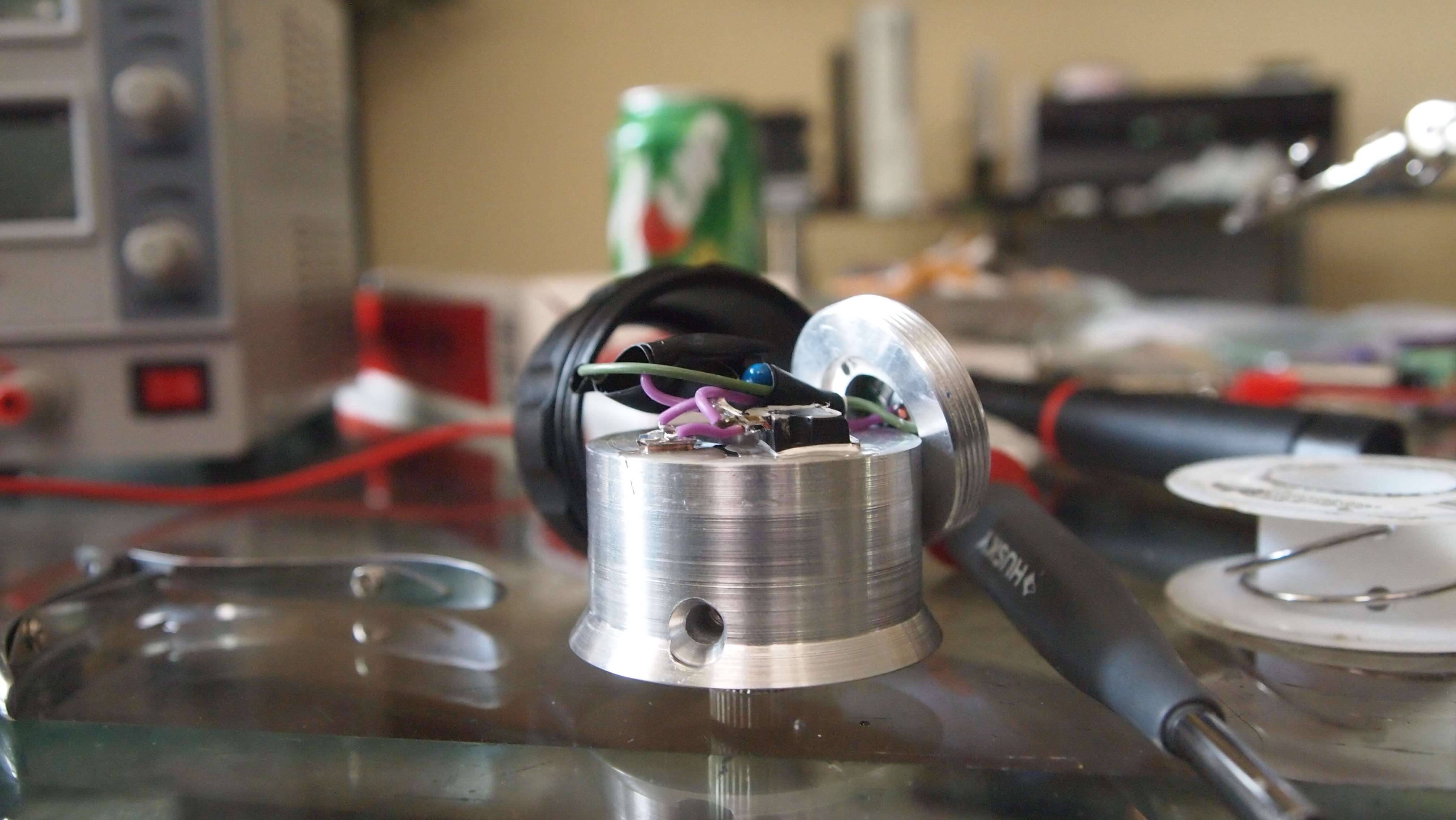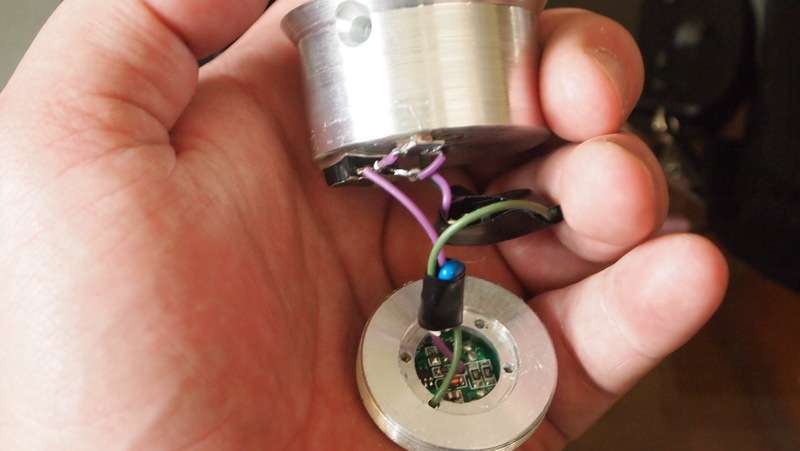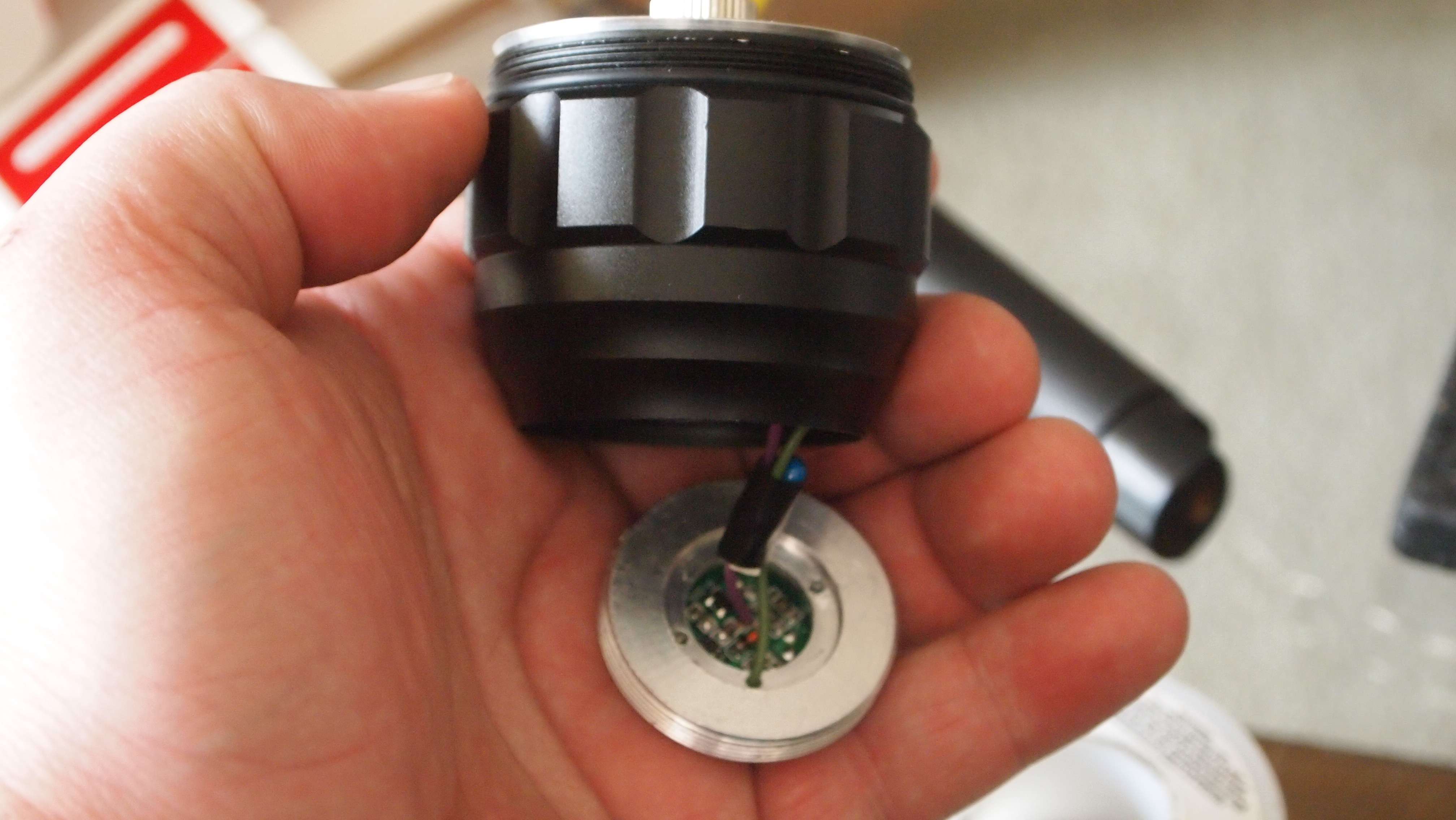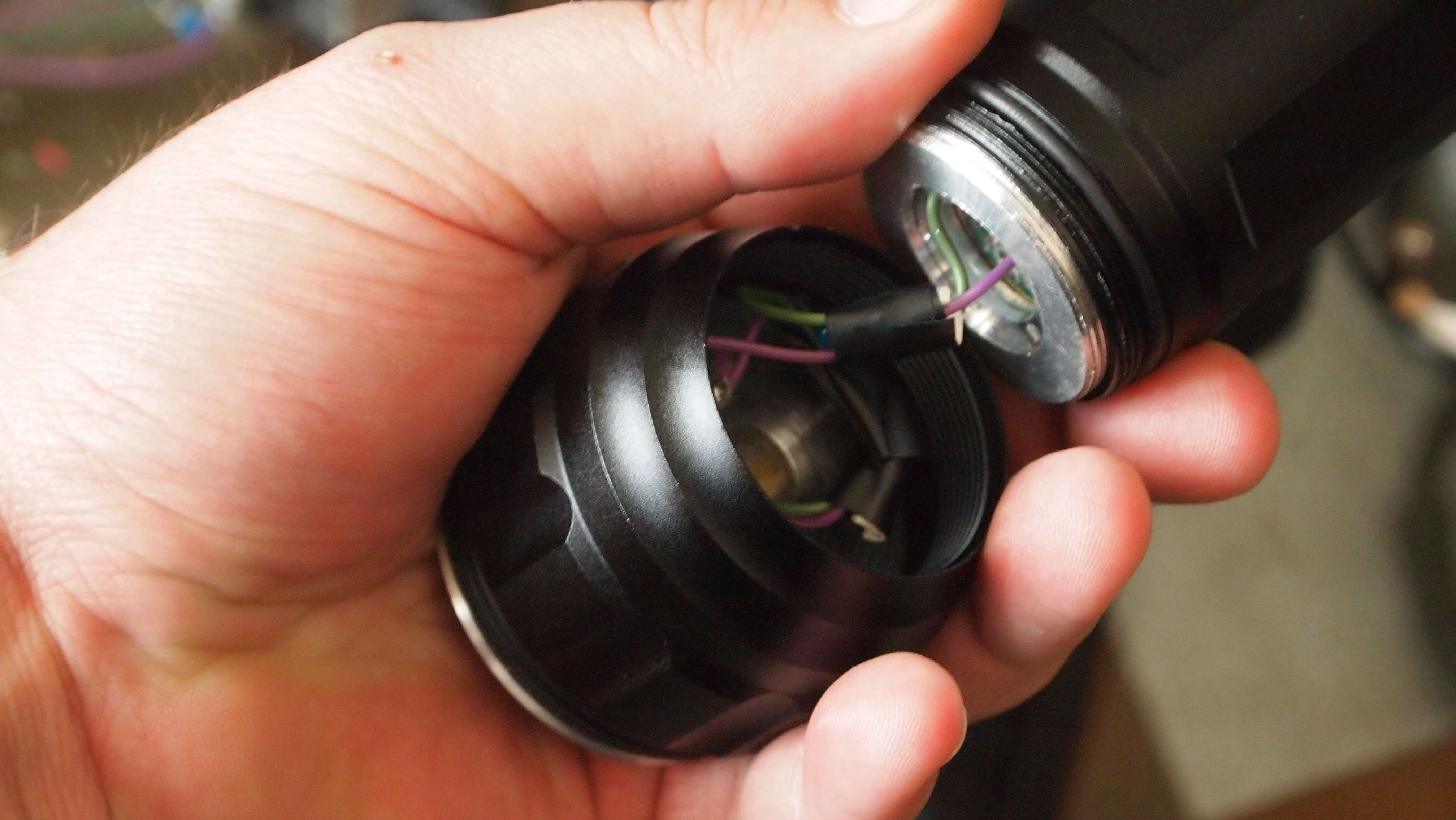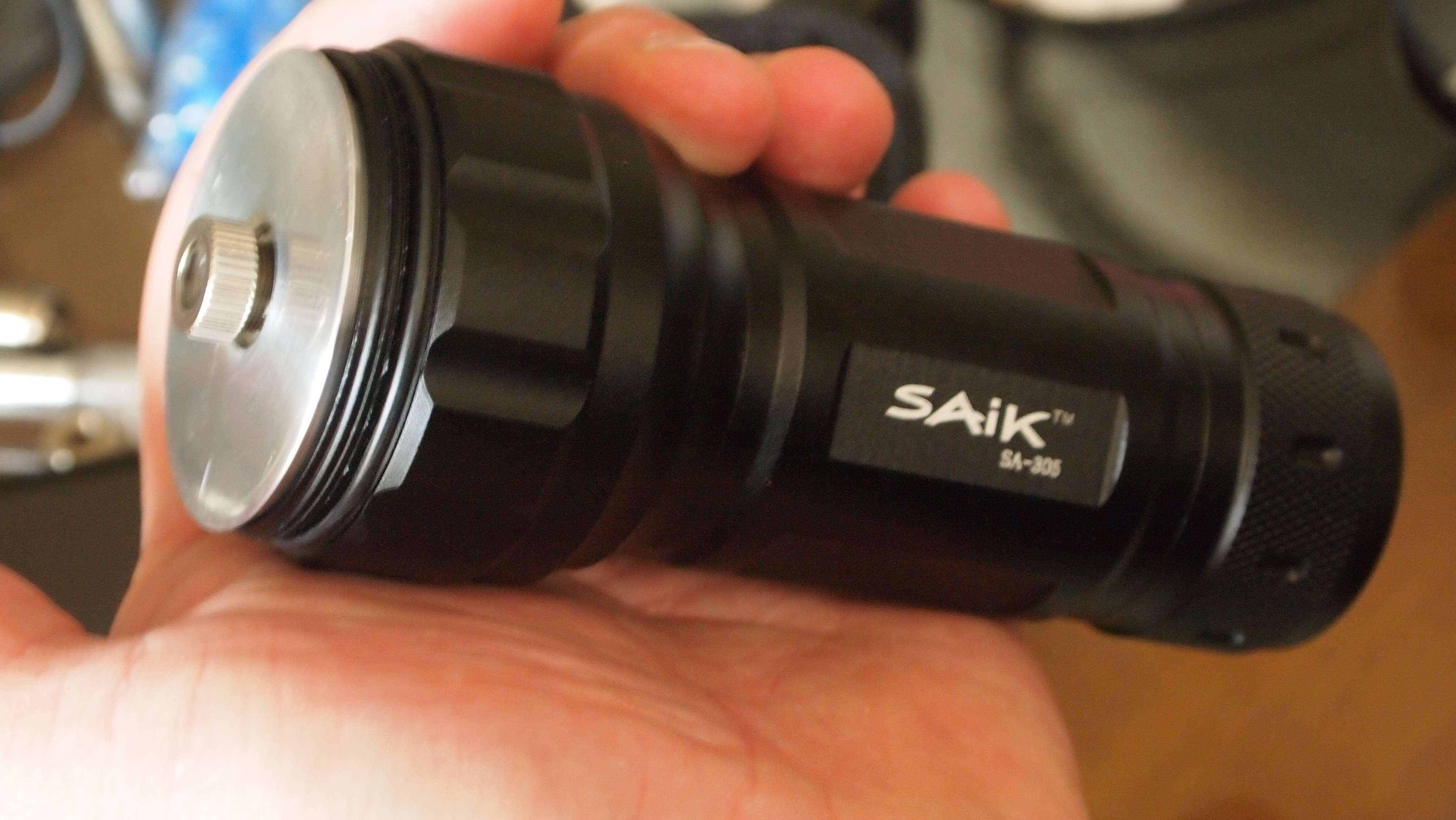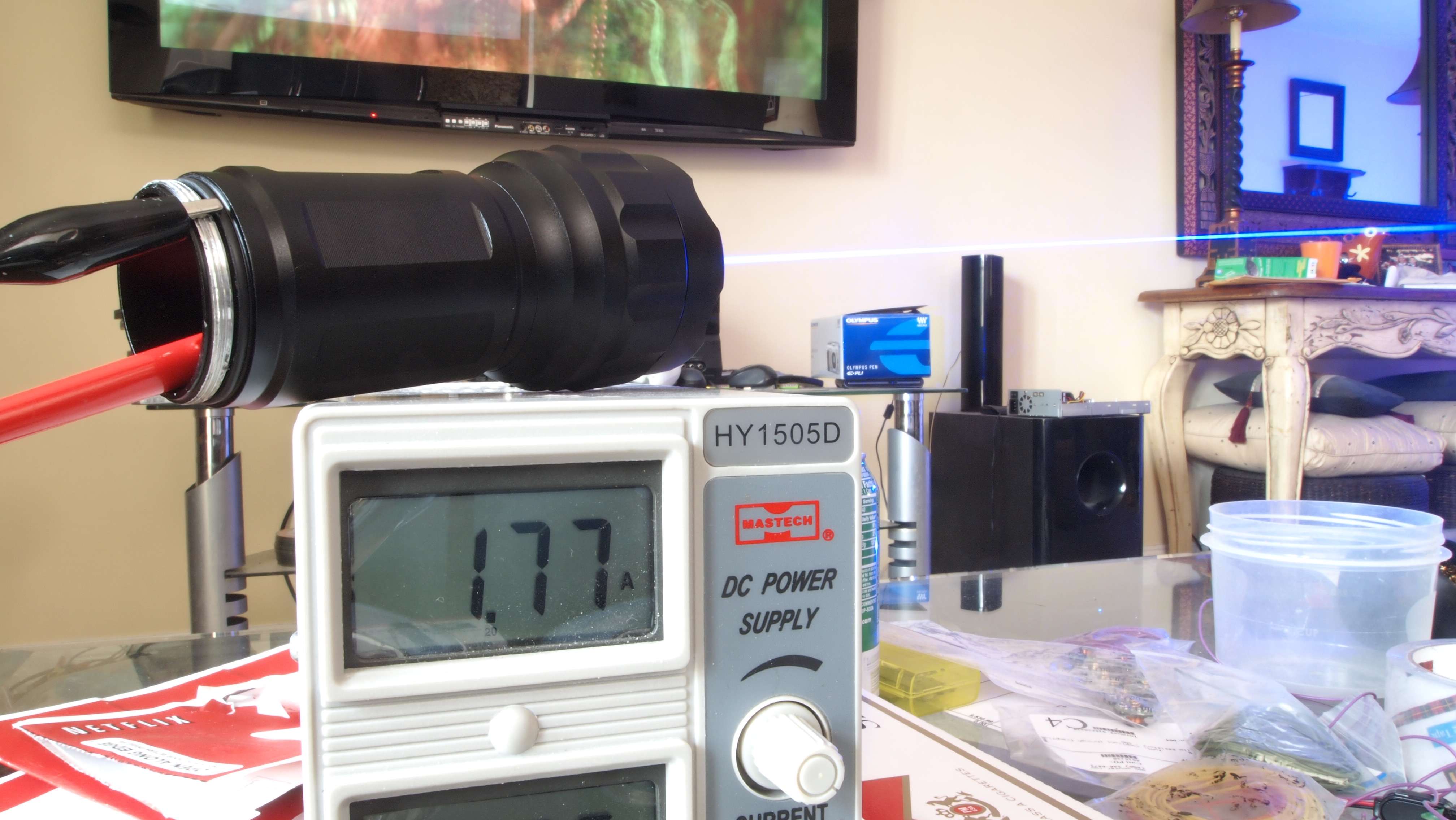LOL now you've messed with my tests.
Mind my DMMs are crappy, and their 9V batteries might be somewhat discharged.
I started off with (batteries under load) vs (diode Vf):
7.15V vs 4.57V.
7.10 vs 4.47
cooloff
7.12 vs 4.62
7.03 vs 4.57
7.00 vs 4.47
cool
6.97 vs 4.59
6.87 vs 4.53
cool
6.90 vs 4.56
6.78 vs 4.45
cool
6.80 vs 4.52
6.74 vs 4.45
still regulating fine and lazor very bright IMO.
I notice that the diode starts off with a higher voltage when cold, and voltage
will lower somewhat over the run.
I'm not sure if this due to the diode warming, or the batteries getting tired.:thinking:
now I switched as requested, and I read between driver negative IN and the
bateries negative tab 1.5A, but only 6.46 at the batteries,
so I guess the crappy DMM in series drops ~0.33V.:undecided:
So as far as I understand, at this moment the drivers dropout is at most 2.0V
Lemme see how this goes on as the batteries run down.
EDIT:
OK, Now batteries are at 6.67 or (6.36 when measuring current) and current still around 1.48A.
Funny thing I notice, like before I noticed a drop in the diode Vf with warmup,
now I'm reading current slowly
increasing with warmup, I suppose beacause of the 1085.
There were a lot of temperature related curves in it's Datasheet.:thinking:
After some 3~4 minutes, it gets so hot you can't stand to put your fingers on the heatsink for more than 4 seconds.
Mmmyeah, that tiny heatsink is not enough. It's getting boring having to make pauses.
Mind you, it's not thermally shutdown, I am chickening out instead.
OK now for example, as Vb ran down from 6.44 to 6.33, amps increased from 1.37 to 1.46.
Something to keep in mind maybe, never set this IC so it delivers a diode's MAX current when it's cold,
cause when it warms up, it might to much for the diode!!11!eleven.
Ok I think I reached a point where the party is soon to be over.
At 6.36V (with DMM in series) under load, I don't get much more than 1.40A.
So each battery has about 3.3V under load. I shoulda done this with a 3rd DMM, but I am missing the 3rd pair of probes.
EDIT:
Yep, batteries under load 6.50V (without current DMM) so 3.25V each and only getting 1.35A now.
Amperage is decreasing considerably with voltage now, so I'm guessing this is about where it goes downhill fast.
My batteries are pretty crappy too, being from an old and tired laptop pack.
1.25 A from 6.3V in.
I'm calling this a WIN for 445nm diodes and 2x LiIOn.


The batteries are almost empty (3.65V each under
no load), and the laser still burns the crap out of stuff.
